Introduction
On Friday of Grand Prix Kobe 2015, I was honored to be given an opportunity to be a scorekeeper for the Last Chance Trials (LCT). This tournament report is going to be different than most reports you have read.
I hope to provide insights into the process involved in running LCTs in Japanese GPs – not the tournaments themselves, but the processes involved in getting the LCTs started.
Hailing from Malaysia, the GPs in my region do not have many LCTs firing on the Fridays of GPs. In fact, we had more LCTs in the first hour of GP Kobe ’15 than GP KL ’14. Managing this avalanche of tournaments has always fascinated me, and I am happy to have the opportunity to examine how it works this up close.
The tournament organizer, BIG MAGIC offered a discounted entry for the first and last hours of the LCTs. The LCT Manager, Katsuhisa Kanazawa expected there to be a large number of participants for the LCTs especially during the promotion periods, but from my personal experience there has always been a large number of participants for Japanese GP side events.
The Kobe International Exhibition Hall or more specifically, the Hall No.1 Building was the venue for this GP. Both floors of the Hall were used, but only the first floor was in use all three days for side events. The second floor hosted the main event on Saturday and Sunday, but also hosted some side events on Sunday.
Registration
As the players entered the main hall, right in front of them was the main Registration / Information area, centrally located with a huge white tent on top of it. This makes for easy reference for the weekend, as both staff and judges could easily point out where this area was when needed. Most of the time, the big white tent was visible from certain parts of the hall.
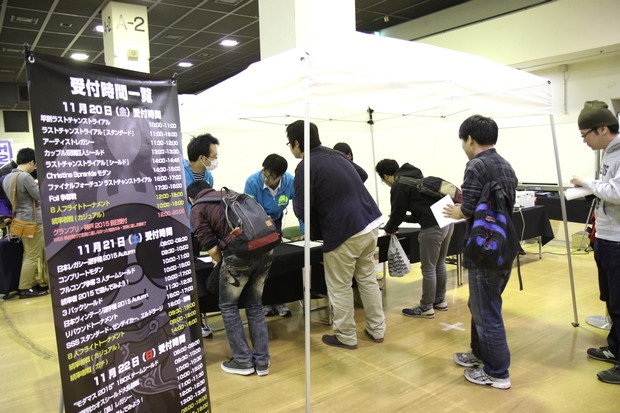
Players who want to play in an LCT first register and pay there. They will receive a decklist and a slip (which includes a voucher entitling the holder to a discount to an 8-man event) to fill up with their DCI number and name and to hand over (together with a filled decklist) to the Judge Station which functionally acts as the second registration counter.
The LCTs are based on 3 of the 4 suits of playing cards – Spade, Hearts, Diamonds followed by numbers 1-8, followed by J, Q and K.
A suit will be paired in that order with a numerical or J,Q,K also in order.
For example:
| ♠ | 1 | ♢ | 1 | ♡ | 1 | ||
| ♡ | 2 | ♠ | 2 | ♢ | 2 | ||
| ♢ | 3 | ♡ | 3 | ♠ | 3 | ||
| ♠ | 4 | ♢ | 4 | ♡ | 4 | ||
| ♡ | 5 | ♠ | 5 | ♢ | 5 | ||
| ♢ | 6 | ♡ | 6 | ♠ | 6 | ||
| ♠ | 7 | ♢ | 7 | ♡ | 7 | ||
| ♡ | 8 | ♠ | 8 | ♢ | 8 | ||
| ♢ | J | ♡ | J | ♠ | J | ||
| ♠ | Q | ♢ | Q | ♡ | Q | ||
| ♡ | K | ♠ | K | ♢ | K |
After the ♡K, we go on to use ♢1 and so on.
1 = Ace.
The reason for skipping out of Clubs is that it is visually similar to Spades. 9 and 10 is also omitted as it is phonetically similar in Japanese to avoid confusion in a busy and noisy event hall where the PA system might not be clear enough.
The rotation of the suits and numbers is also for clarity’s sake as the suits will be strikingly different going from ♠ to ♡ to ♢ before going back to ♠.
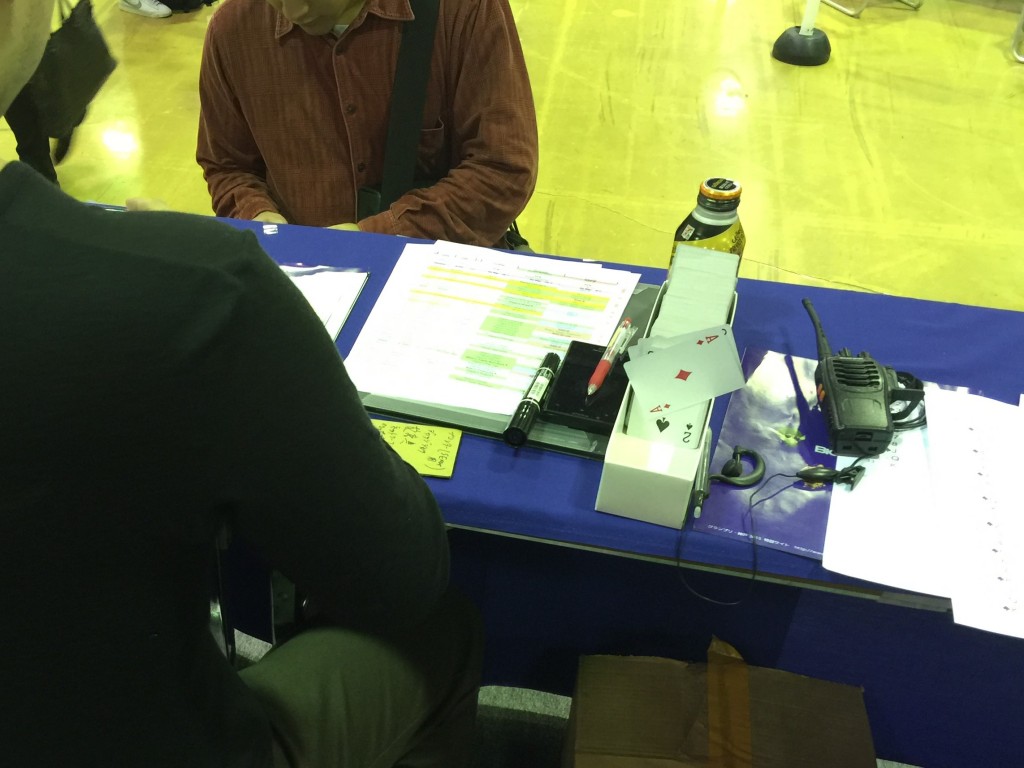
When a player completes registration with the judge station, he will be handed a playing card corresponding to his LCT to help them identify the tournament they are supposed to be playing. This also helps the registration judge / staff to keep track and confirms the number of participants in a trial as 32 copies of the same card are prepared beforehand to hand to players. Then the slips with the player information and a file with all the decklists were handed off to the scorekeepers and/or LCT manager, which were also labelled with an additional playing card on top of it.
Handover to Scorekeeper
As main scorekeeper (SK), my responsibilities included creating the event on WER and keeping track of the sanctioning number and starting table number (which will be determined by the LCT manager). The support scorekeeper or I will then enroll the 32 players, fix any name or DCI number issues (if any), and then (if it was the support SK who was doing the enrolling) export the player list from a dummy event for the main SK to import into the right event.
Following that, an Excel macro is used to generate a single-elimination bracket complete with table numbers for round 1 and 2. Round 3 to 5 (the last 8 players remaining) are then led to a top 8 area with dedicated judges to finish off the tournament.
We printed off the brackets and player seating (for sealed events which doubles as the player name list). This is all the LCT floor judge team need to get the event started. Now, we can hand off the file of decklists (still conveniently labelled with a playing card) to the LCT Team Lead and he will handle the rest while we prepare to launch the next LCT.
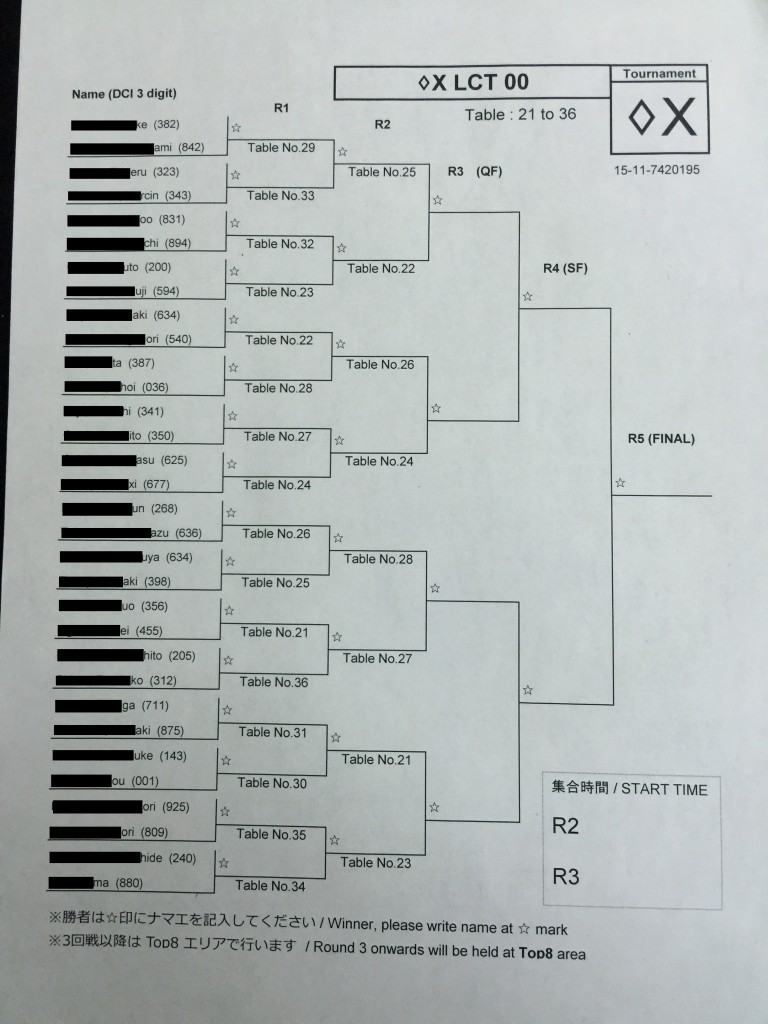
And, that’s it! We’re done with this event after the hand-off and we can prepare to start the next one! (Until the event finishes, of course.)
Benefits of this System
This system is very efficient is getting multiple events started in a very short time as most of the work is automated. The only part that takes the longest time is the enrollment of the players themselves. With multiple scorekeepers working on that and utilizing the import and export functions of WER, the time spent can be minimized too.
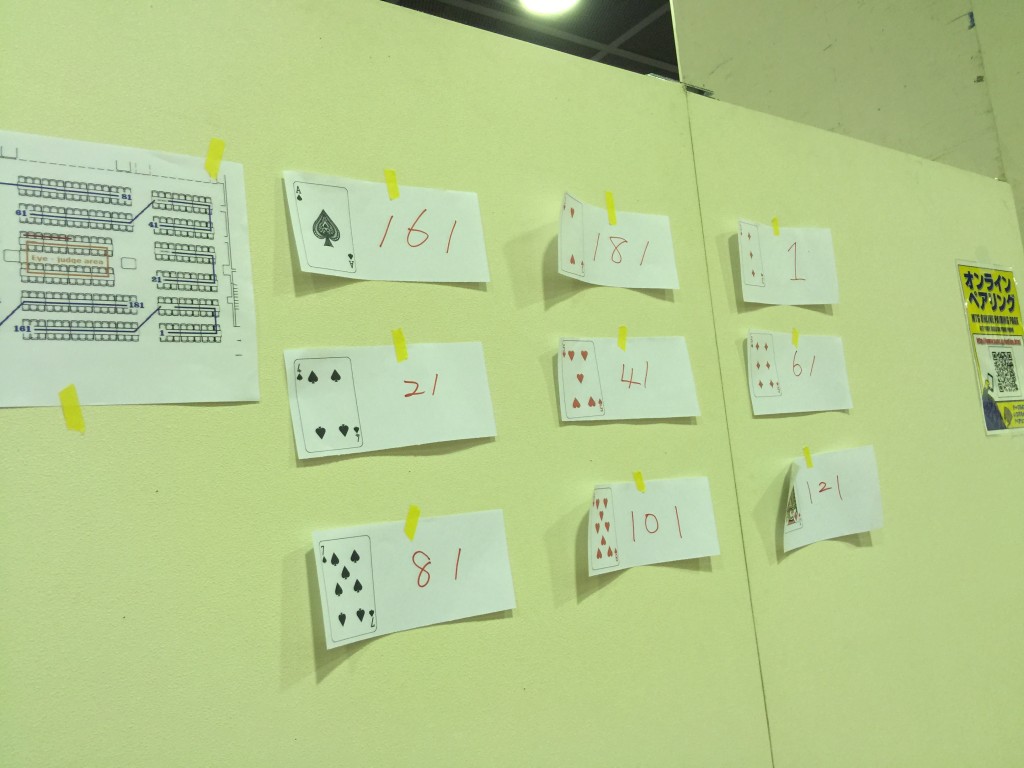
The visual guide of the playing cards suit and number also makes things very clear for both the LCT manager to coordinate and place the events and for the players to find their tournament easier through the guides posted on walls nearby.
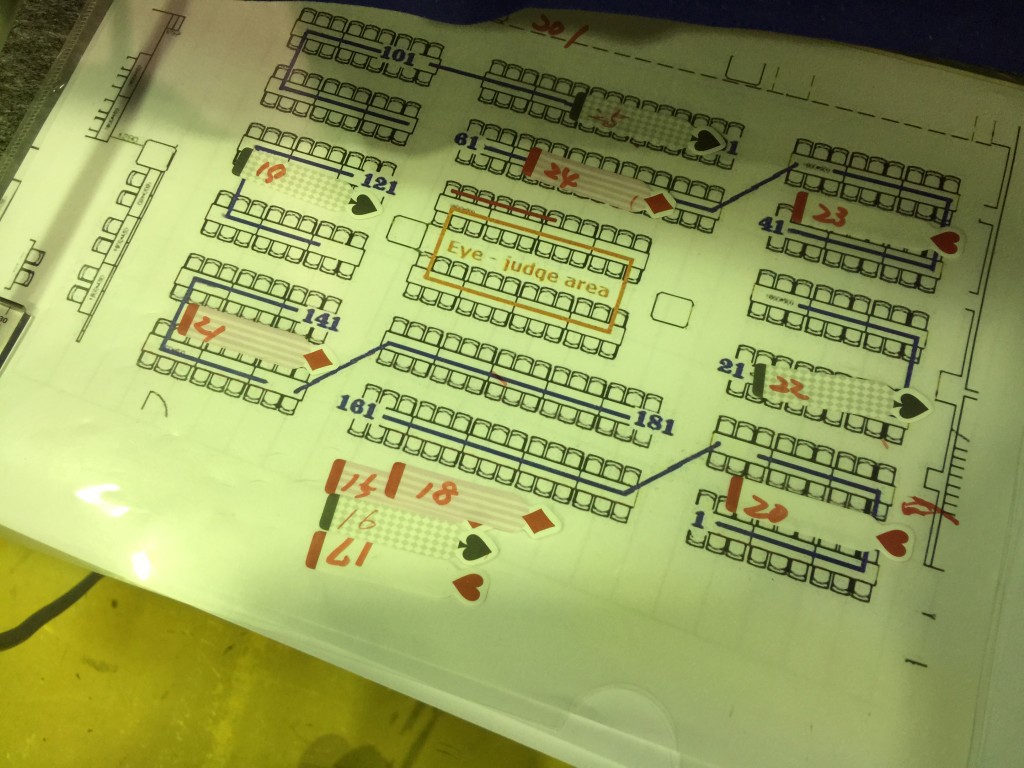
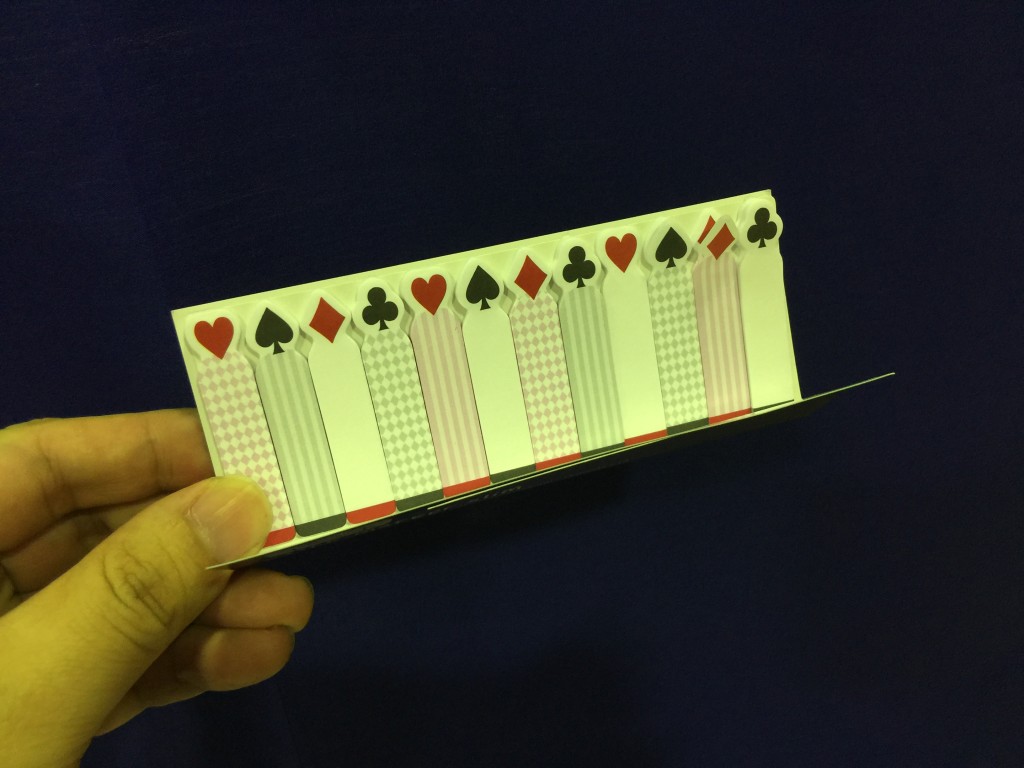
Comments from the Creator
Katsuhisa KanazawaKanazawa was very kind to take the time on Thursday to run through the process with me as I do not want to stumble around on the real thing. Compared to a traditional WER setup, this process is amazingly fast.
In Conclusion
And that concludes my report on the Japanese GP LCTs launching process. I hope it has been at least interesting to you, and hopefully you won’t be as clueless as me when I was tasked to work on my first LCT in a Japanese GP.
If you enjoyed this peek into Japanese GPs, please feel free to check out my previous tournament reports from earlier GPs – GP Nagoya 2014 — Judging My First Japanese Grand Prix and Back to Japan! (My GP Kobe 2014 Tournament Report)
Thank you for reading! If you have questions and comments please do let me know and I’ll pass on the questions to Kanawaza if I am unable to answer them!
Editor’s note: Please leave your feedback and comments on the JudgeApps forums too!
